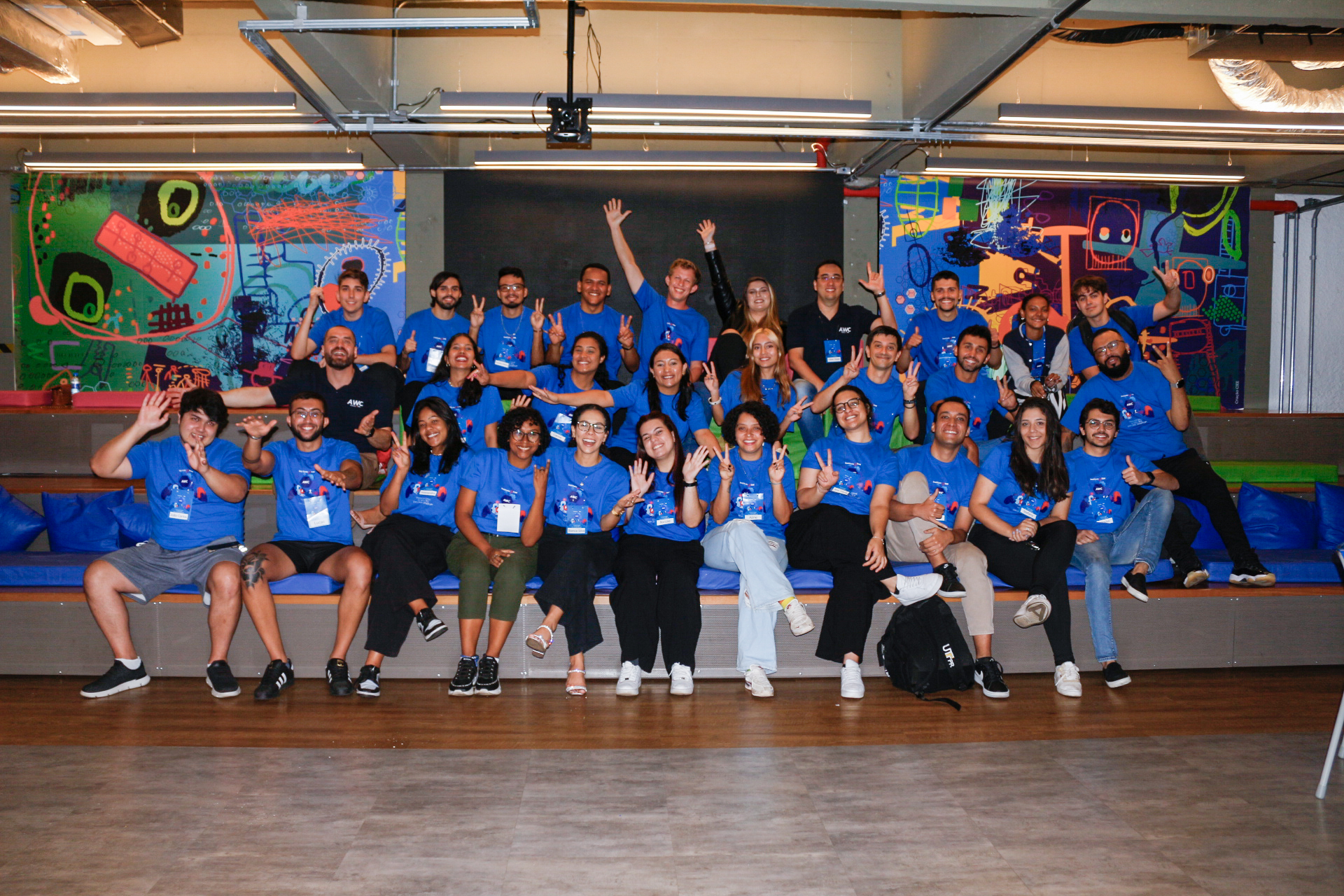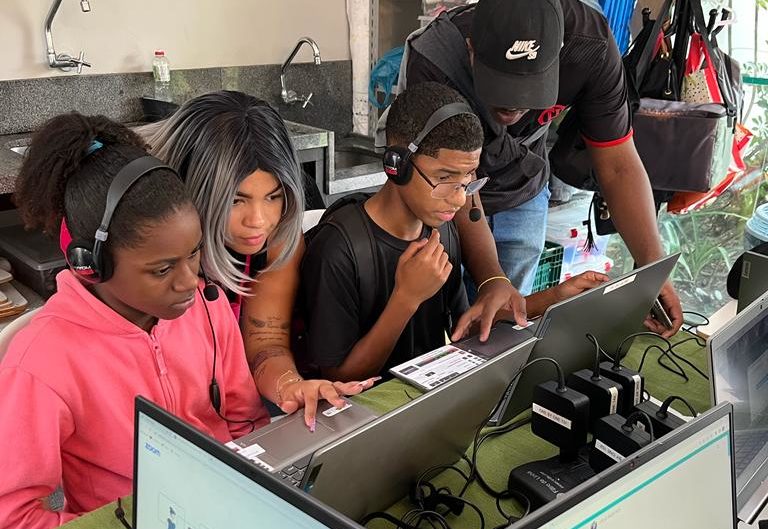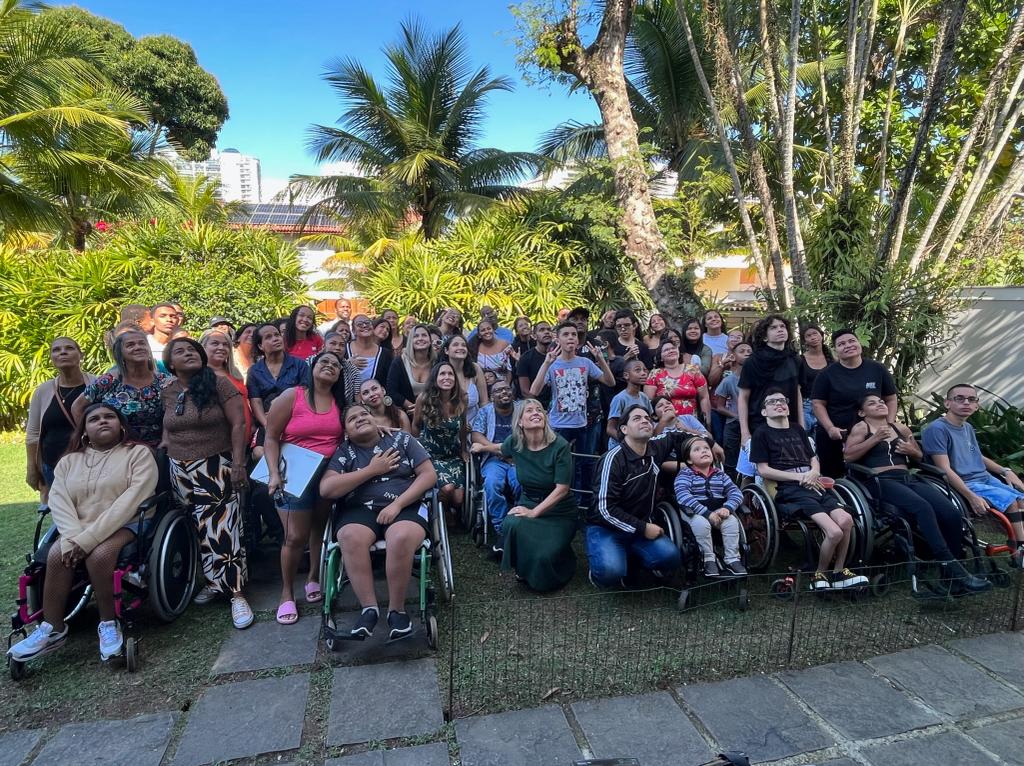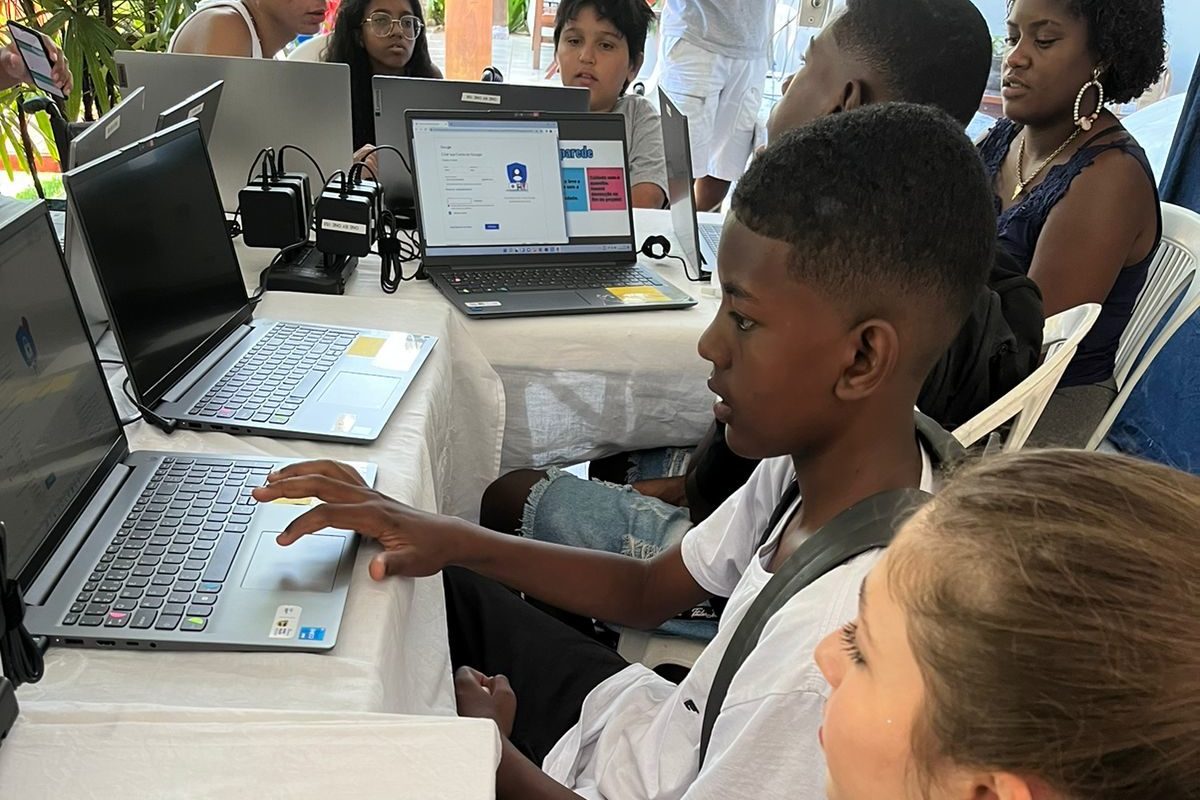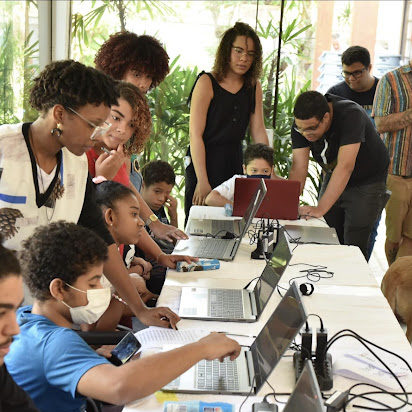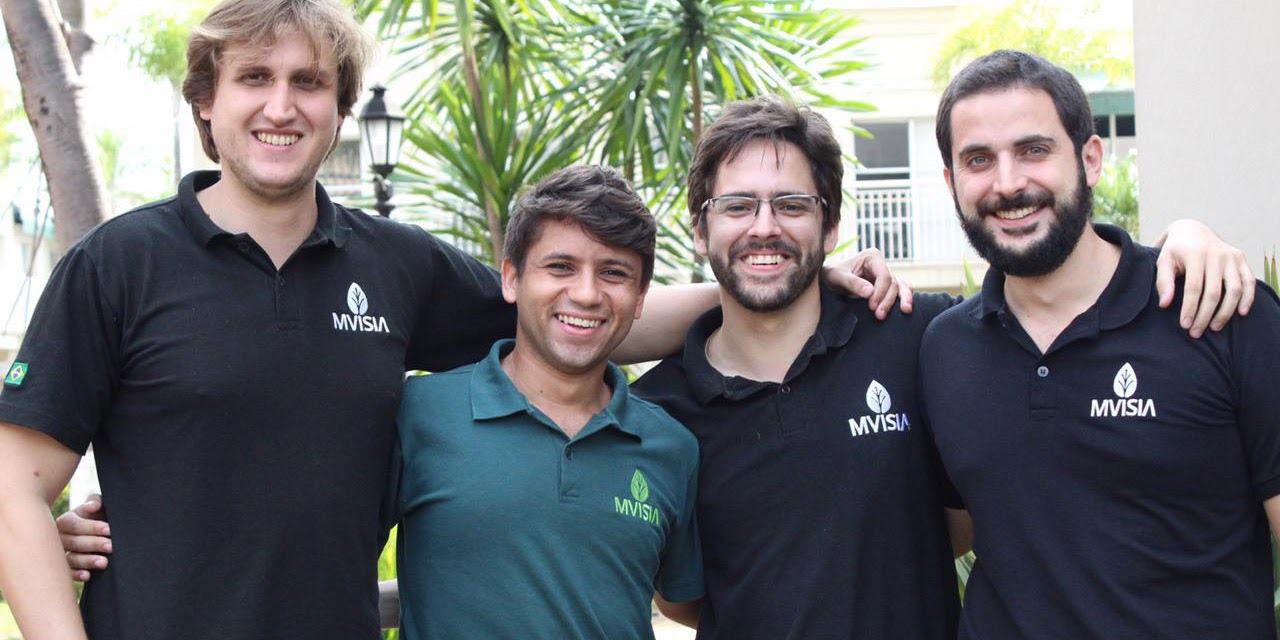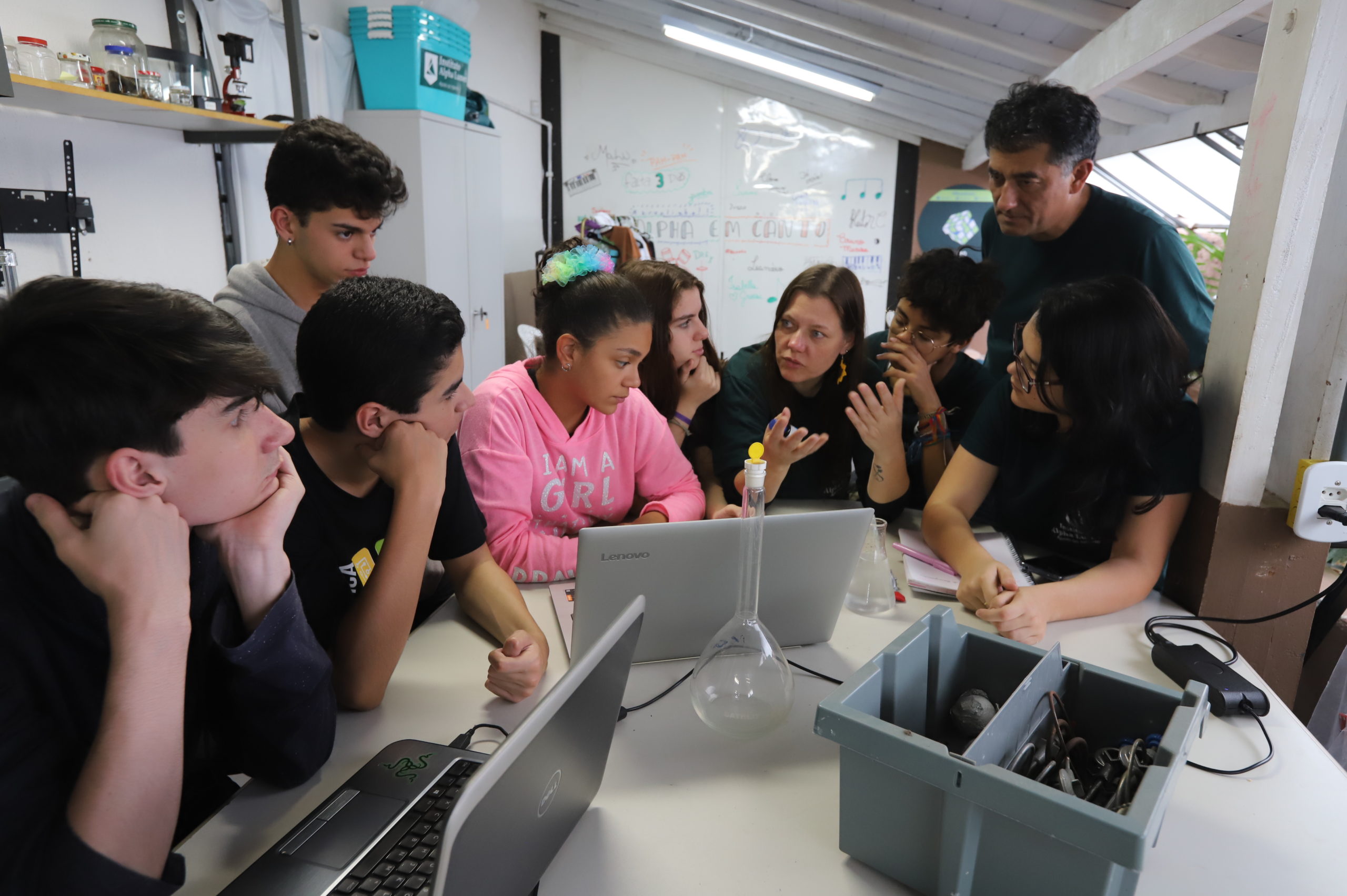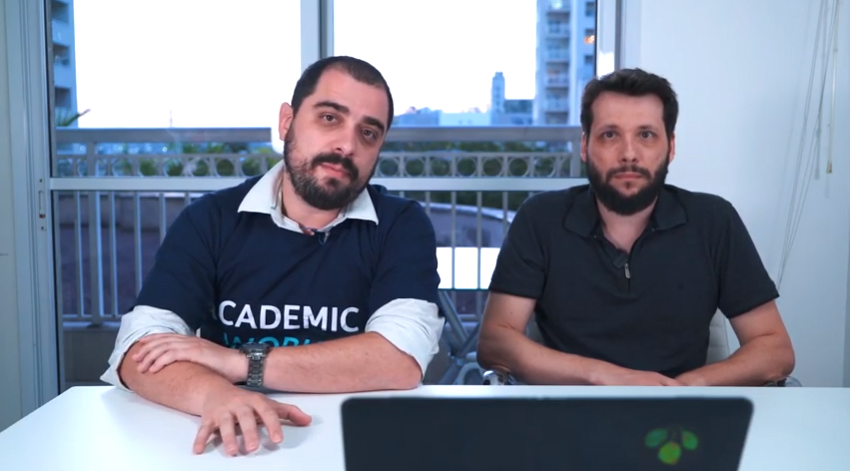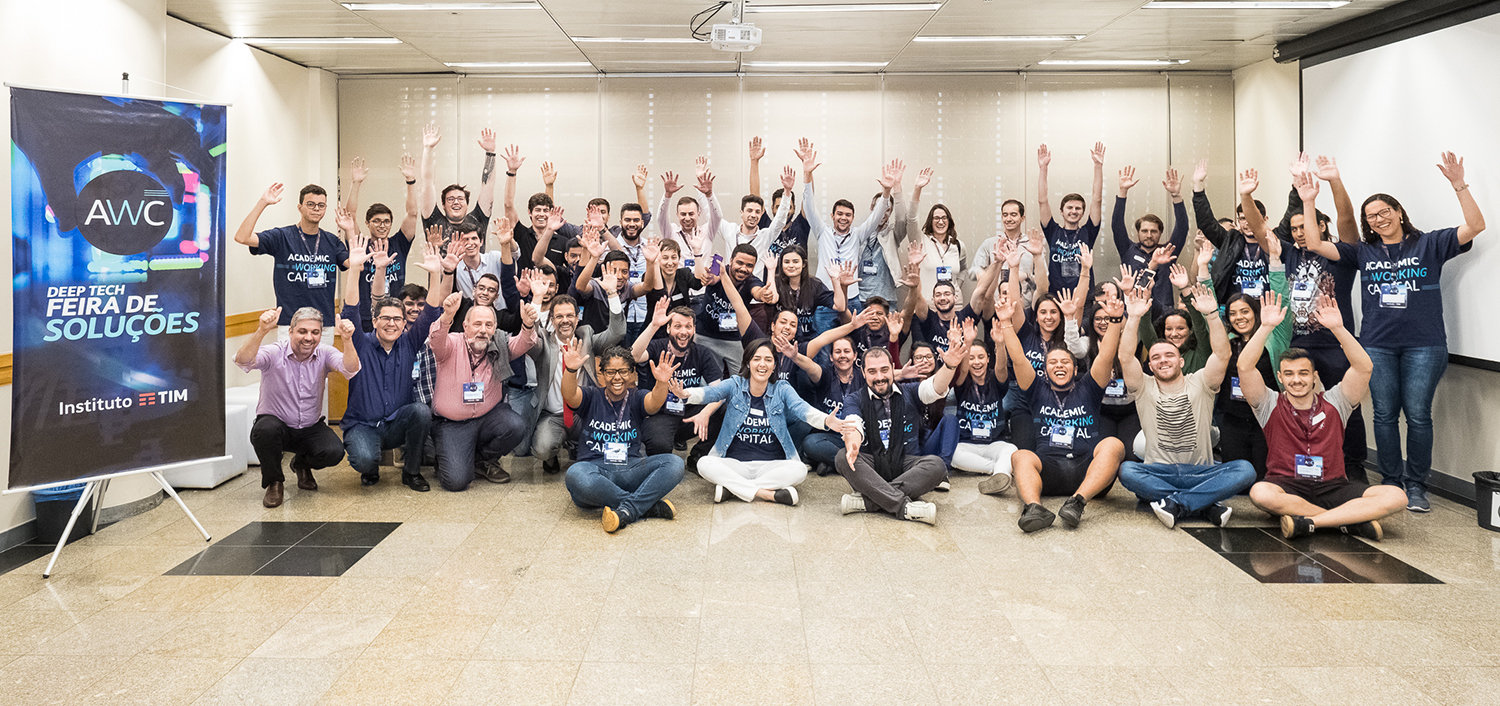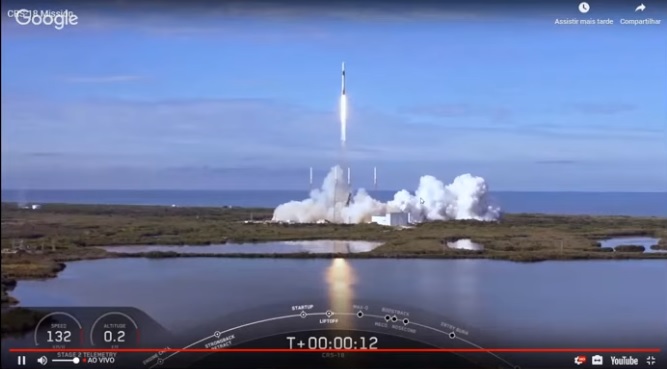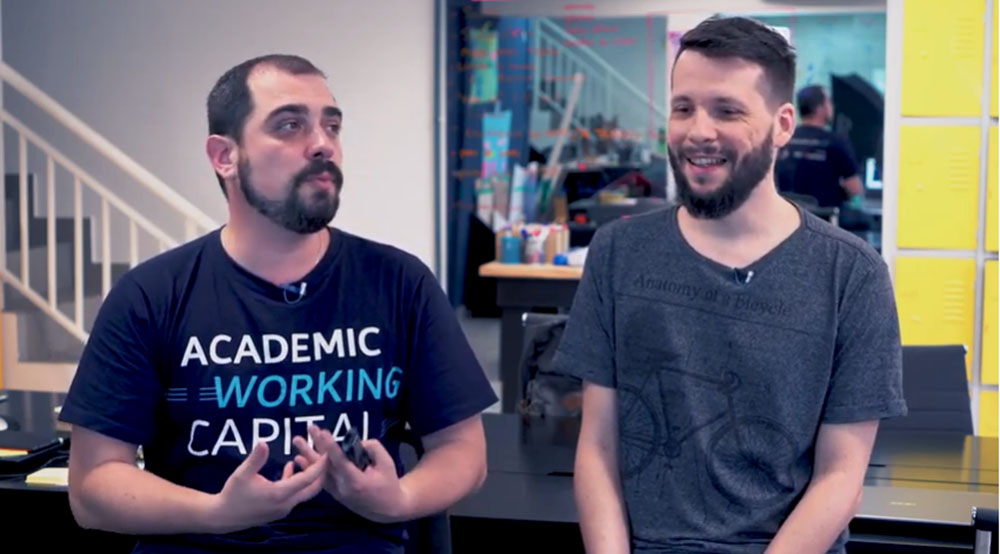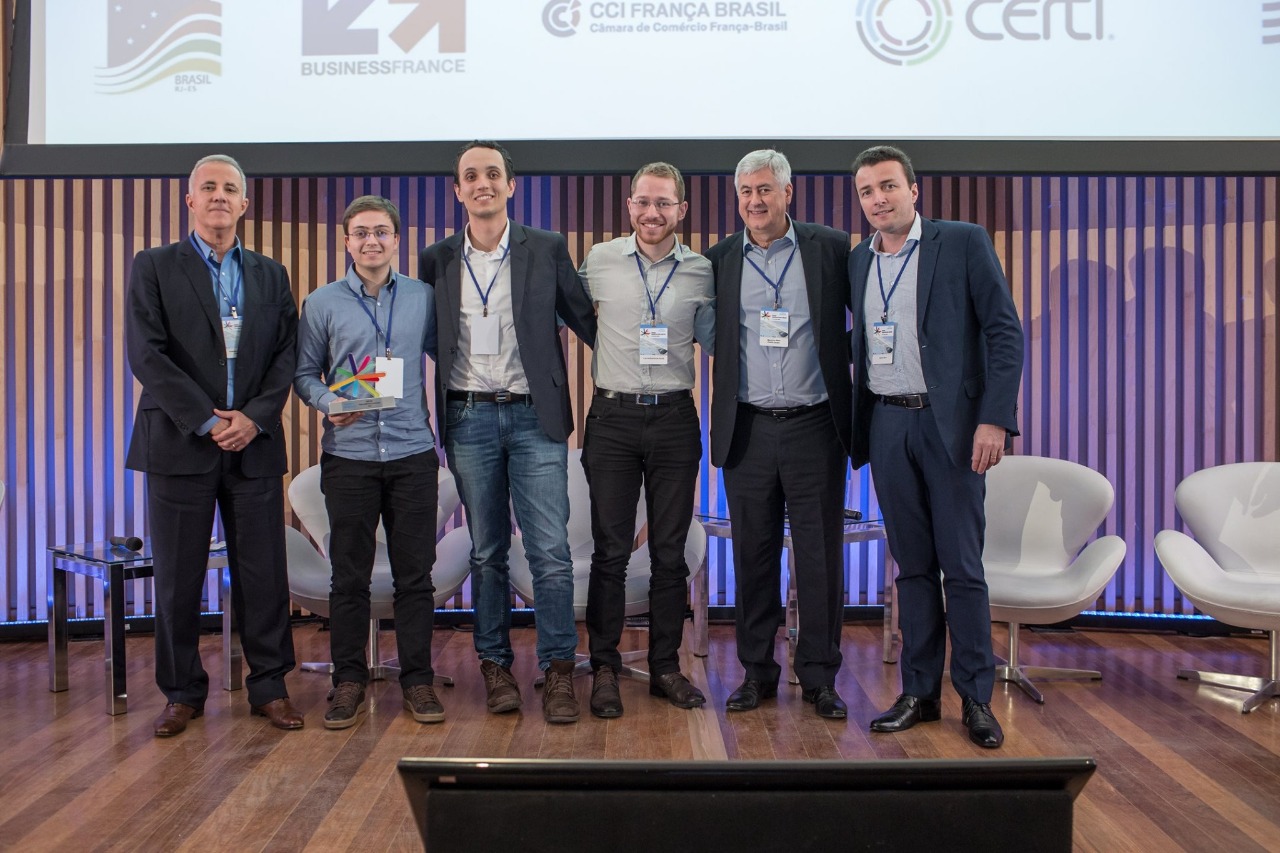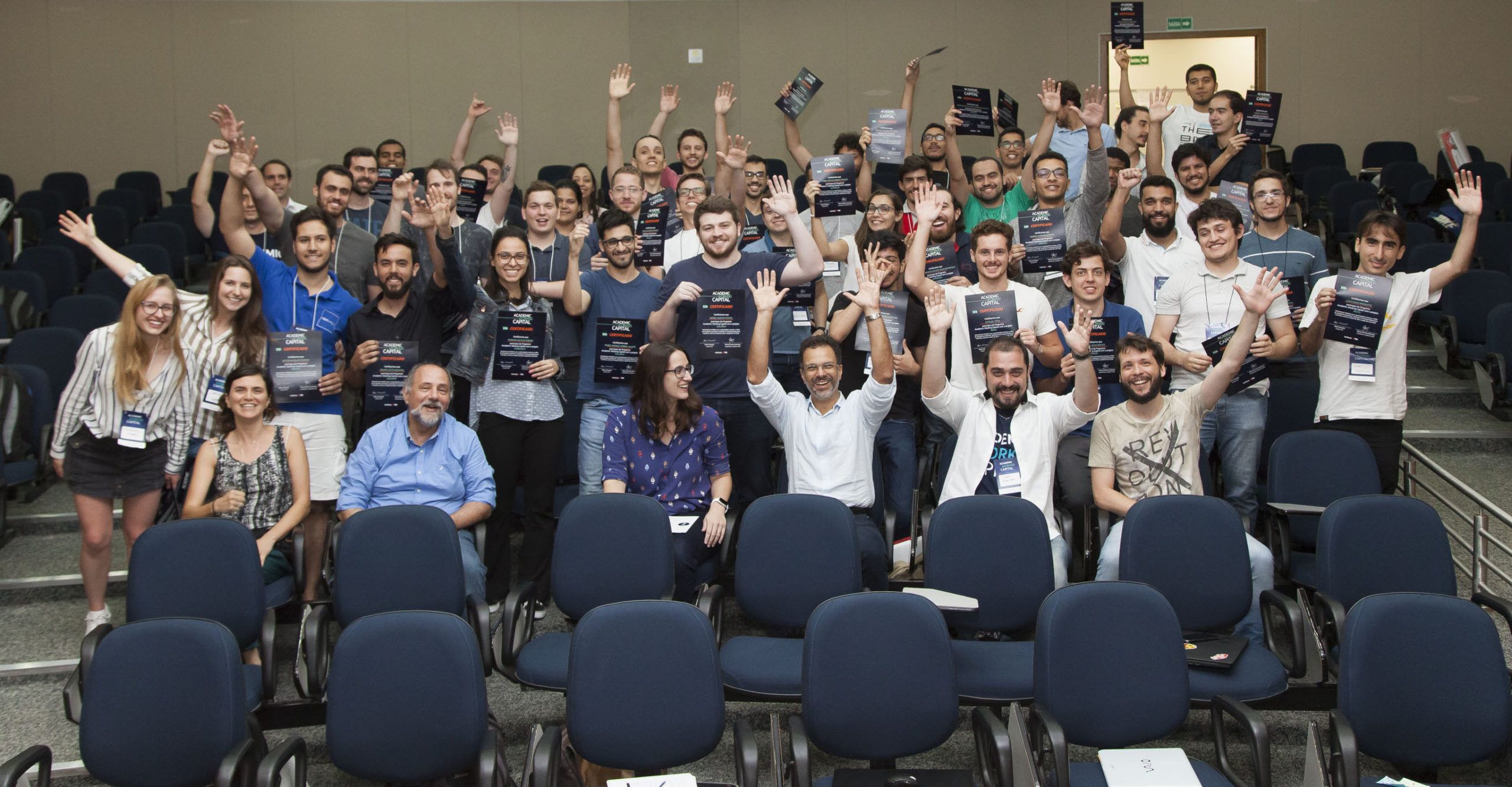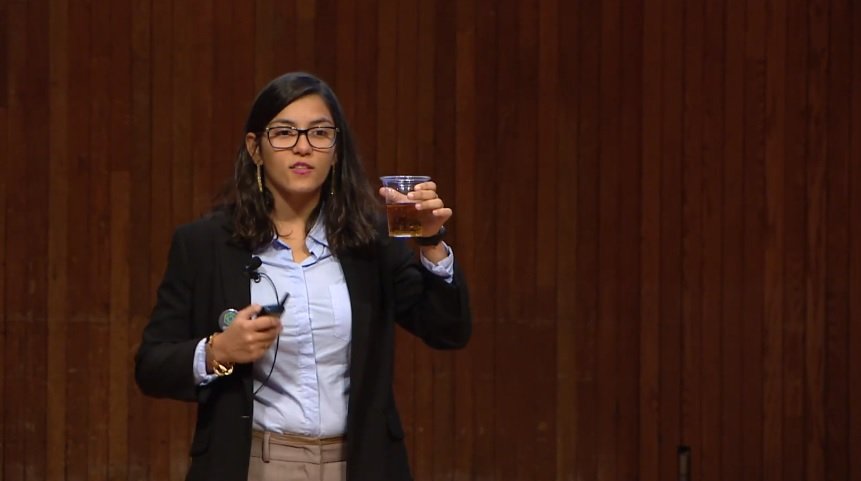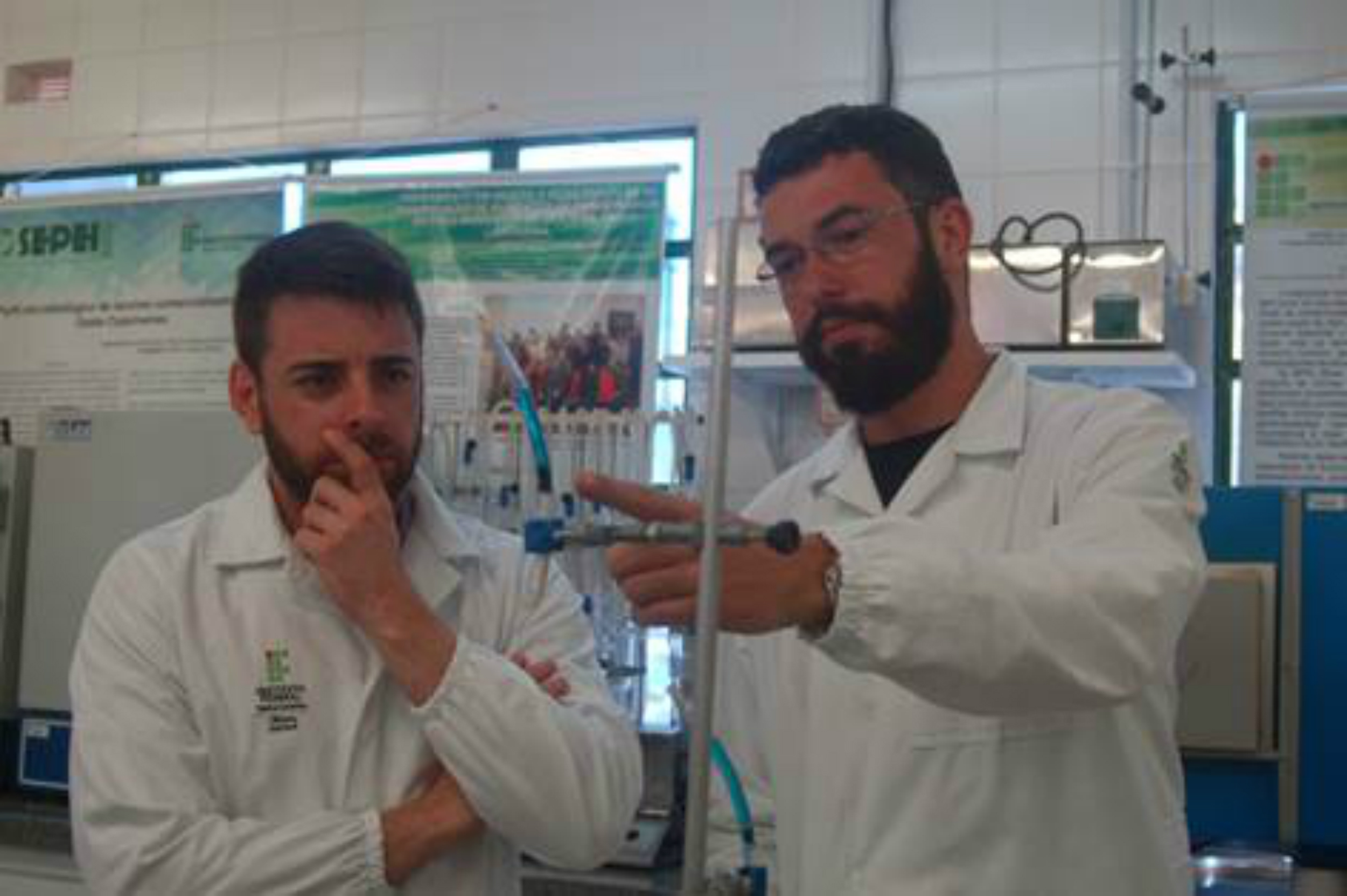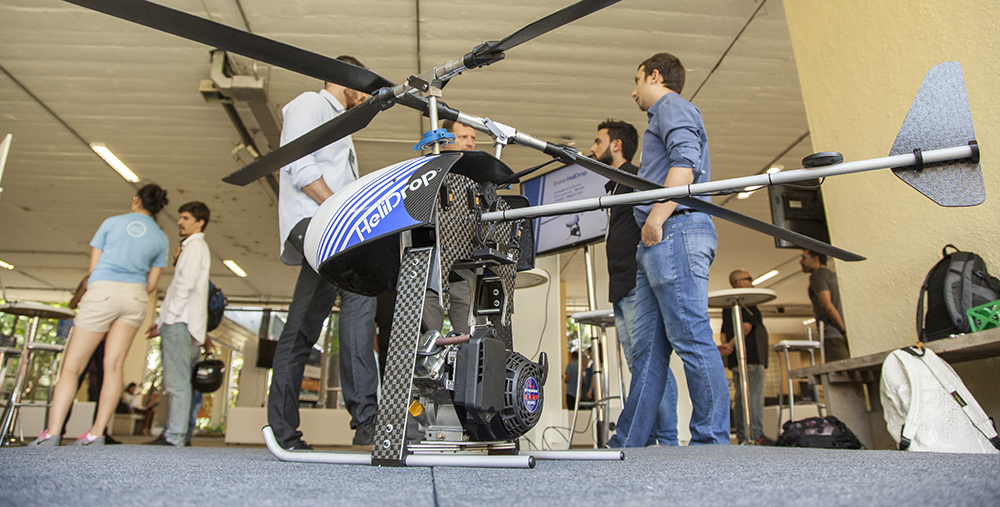
The Ministry of Culture (MinC), with Instituto TIM’s support, started providing the platform Mapas Culturais as SaaS (software as a service in cloud) to all interested states and municipalities. The service intends to extend and facilitate the adoption of the cultural management tool, since the infrastructure and the configuration of the platform are under the responsibility of MinC.
“States and municipalities will be able to have all the features that Mapas Culturais offer, with its own identity, autonomy in the configuration and zero cost of IT. We, from the Ministry, will ensure that the platform remains operating, that updates are made, maintain the security, the backup”, says Nitai Silva, General Coordinator of Information Technology of MinC. The state of Espírito Santo was the first pilot to join this service, with the platform Mapa Cultural ES. Guarulhos-SP and Laguna-SC are some of the municipalities that have already implemented their platforms via SaaS, in addition to other locations that are in the configuration phase, such as Aracaju-SE, or in migration phase, such as São Paulo-SP. Instituto TIM supports MinC for the training of public managers on the use of the tool.
The deployments of Mapas Culturais at MinC are also integrated into the National System for Cultural Information and Indicators (SNIIC) and the cloud, which allows data to be unified between the platforms that use the service. “In Mapa Cultural ES, for example, all the data that is registered there also appears in the Mapa da Cultura of MinC. The goal is for this installation to congregate all the sub-installations,” says Nitai. According to the Ministry’s IT General Coordinator, this will qualify the information and will bring to MinC a closer and more realistic understanding to MinC on how cultural management is performed. States and municipalities will also be able to learn, in a practical way, about the cultural actions in other locations.
In the second half of August, MinC will make available a registration form for the states and municipalities that are interested. The offer shall prioritize the states and municipalities with more than 100 thousand inhabitants. “Next, the cultural manager will only need to provide visual identity, brand and text information, and to define the URL”, Nitai explains. After the provision of this data, MinC performs the platform configuration and make the deployment available. MinC will search for articulation along with the states to decentralize the platform’s governance to train managers for using the new technology. The service will be offered in the SNIIC portal.
According to Nitai, the initiative will bring gains to the efficiency of cultural management to all states and municipalities without the need to expend money on an infrastructure of its own. Having internet connection is all that it takes. “Mapas Culturais is a structuring tool for public cultural management. For municipalities that lack technical resources, this service means a huge leap in quality”, he says.
For MinC, having Mapas as SaaS is also strategic, because it will allow the Ministry to track where the federal resources are being invested. “This unified data architecture will enable MinC in the future to have an integrated view of the use of the intended resources.” This is the first cloud service in the SaaS model being offered to municipalities and states by the Federal Government as a whole, not just by MinC. “It is a great innovation in public management”, says Nitai.










